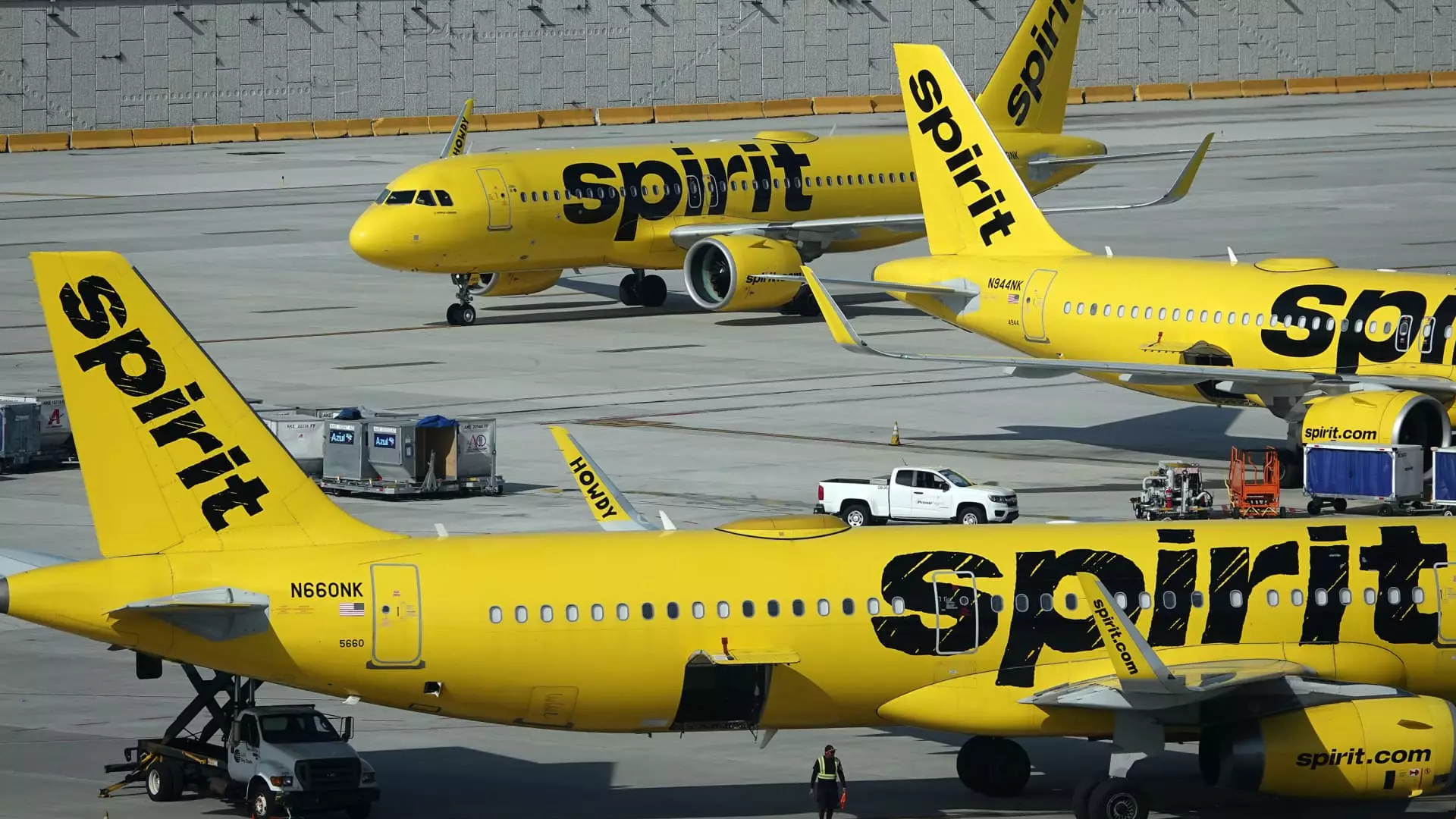Spirit Airlines, a budget carrier grappling with the aftermath of the COVID-19 pandemic, recently announced a strategic plan aimed at financial recovery that includes significant cost-cutting measures. This initiative involves the sale of 23 older Airbus aircraft, a decision intended to generate approximately $519 million, as disclosed in a recent securities filing. These steps mark a pivotal moment for the airline, reflecting its need to stabilize finances while responding to shifts in travel demand and operational challenges that have plagued the industry.
As part of its broader strategy, Spirit outlined plans to reduce operational costs by around $80 million, primarily through staff reductions. Although the exact number of job cuts remains unspecified, the airline revealed that it had already begun furloughing approximately 200 pilots since September. This proactive approach underscores the urgent pressure on Spirit to adjust its workforce in line with projected capacity reductions for 2025, which are expected to be in the mid-teen percentages compared to the current year. Such drastic moves, while necessary for survival, bring to light the human cost of corporate decisions and the potential long-term impacts on employee morale.
Additionally, Spirit Airlines has faced challenges in managing over $1 billion in debt, having delayed refinancing timelines for the second time to late December. This extension indicates the airline’s struggle to maintain relations with its credit card processor while navigating a precarious financial landscape. Even with recent surges in stock prices following job cut announcements, it is worth noting that Spirit’s share value has plummeted over 80% in 2023, a stark reminder of the challenges the airline faces. The recent blockade of its merger with JetBlue Airways adds further strain, exemplifying the volatile market in which budget carriers now operate.
The turbulence for Spirit Airlines has triggered renewed discussions about a possible merger with Frontier Airlines, which could open avenues for increased cooperation in a distressed market. These talks surfaced after the collapse of prior merger negotiations that had fallen through due to JetBlue’s acquisition bid. The growing inclination toward consolidation in the airline sector hints at a strategic pivot where mergers may become a viable solution for surviving economic pressures and boosting market share amid declining profitability metrics.
As the airline forecasts a negative operating margin of 24.5% for the third quarter—an improvement from previous estimates near 29%—one must ask: will these initiatives suffice to return Spirit Airlines to a stable financial footing? The airline industry continues to grapple with unprecedented dynamics influenced by the ongoing recovery from the pandemic, changing consumer behavior, and heightened operational costs. In facing these challenges, Spirit’s recent measures illustrate a desperate but necessary pivot toward sustainability. The coming months will be critical in determining whether such strategies will stabilize Spirit Airlines or if further turbulence awaits.


Leave a Reply